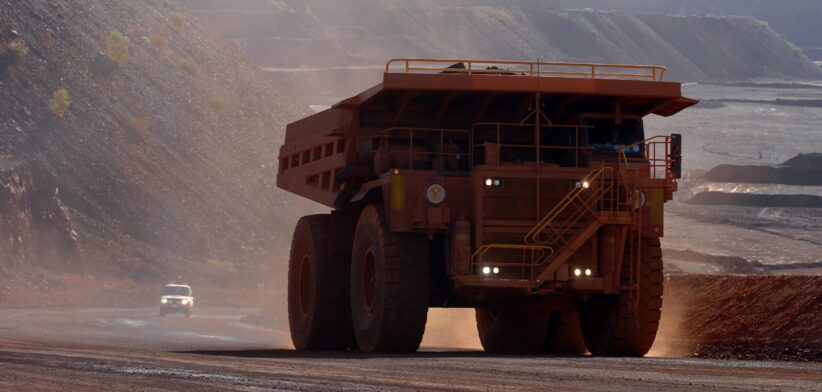Heavy battery electric mining vehicles will be charged in less than 30 minutes as a result of a world-leading initiative in Western Australia.
Technology, energy and metals group Fortescue is developing 6MW fast chargers for 240-tonne mining trucks through a $35.3 million project, which has received a $10 million grant from the Australian Renewable Energy Agency (ARENA).
ARENA CEO Darren Miller said the project would help reduce emissions in one of Australia’s most carbon intensive industries.
“Heavy haulage for remote mine sites contributes around a quarter of the mining industry’s emission and is considered a hard to abate sector, so we’re investing in the technologies that will be part of the solution,” Mr Miller said.
He said the project was the next stage of fast charger development for Fortescue, building on an existing 3 MW prototype.
“If the fast charger can be successfully validated at the operational Christmas Creek mine site, we’d like to see the technology widely deployed across Australia’s resources industry.”
Mr Miller said the fast charger would be developed with global charging system standardisation in mind, ensuring compatibility with any equipment that met the connector standard across mining, rail, and other heavy industry applications.
Fortescue Zero Chief Executive Officer Ellie Coates said the chargers were designed to be a safe, rugged, high power and scalable fast-charging solution for multiple different vehicle applications.
“Leveraging our world-class capability in battery and charging solutions from motorsport, the fast chargers have been developed for the challenging conditions of the Pilbara,” Ms Coates said.
“Equipped with robotic connection options, they will be able to power Fortescue’s future 240-tonne Liebherr T 264 battery electric trucks in just 30 minutes.”
She said preliminary testing was currently underway, with the project due to be completed in late 2025.








